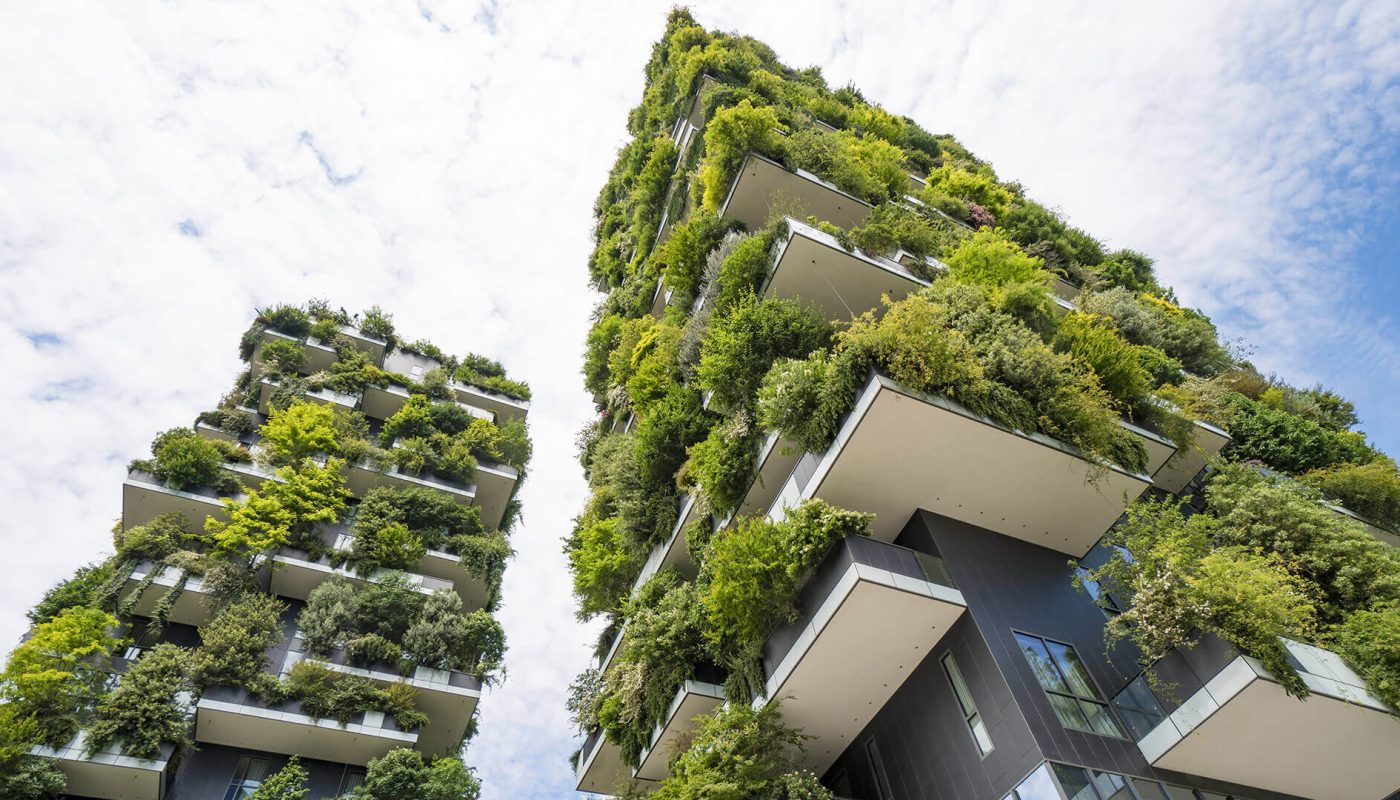Market Overview
The global Green Construction Market is estimated to be valued at US$265.7 Bn in 2022 and is expected to exhibit a CAGR of 11.2% over the forecast period (2021-2028), as highlighted in a new report published by Coherent Market Insights. Green construction refers to the practice of designing, constructing, and operating buildings in an environmentally responsible and resource-efficient manner. This includes using sustainable materials, implementing energy-efficient systems, and reducing waste generation. Green construction products offer numerous benefits such as energy conservation, reduced environmental impact, and improved occupant health and well-being.
Market Dynamics
The green construction market is driven by two main factors. Firstly, the increasing awareness about environmental sustainability and the need to reduce carbon emissions has led to a surge in demand for green construction practices. Governments and regulatory bodies across the world have introduced stringent regulations and incentives to promote green building practices. For instance, the implementation of LEED (Leadership in Energy and Environmental Design) certification has incentivized developers to adopt green construction materials and techniques.
Secondly, rising energy costs have shifted the focus toward energy-efficient buildings. Green construction products such as solar panels, smart windows, and efficient insulation systems help reduce energy consumption and operational costs. These products not only provide long-term cost savings but also contribute to a reduced carbon footprint.
Market Key Trends
One key trend in the green construction market is the adoption of sustainable building materials. Traditional construction materials such as concrete and steel have a significant environmental impact due to their high carbon emissions during production. In response, the industry is increasingly adopting sustainable alternatives like recycled steel, timber, and bio-based materials. For example, Binderholz GmbH specializes in manufacturing engineered wood products using sustainably harvested timber.
SWOT Analysis
Strength: The green construction market benefits from the growing global emphasis on environmental sustainability and resource efficiency. This offers a significant growth opportunity for market players.
Weakness: Limited public awareness and misconceptions about the high costs associated with green construction can pose a challenge to market growth. However, with increasing cost-effectiveness and long-term savings, this perception is gradually changing.
Opportunity: The increasing adoption of renewable energy sources, such as solar and wind power, presents an opportunity for green construction companies to integrate energy-efficient systems into buildings and promote sustainable development.
Threats: Economic uncertainties and fluctuations in raw material prices can pose a threat to market growth. Additionally, the lack of skilled labor in implementing green construction practices can hinder market expansion.
Key Takeaways
Market Size: The global green construction market is expected to witness high growth, exhibiting a CAGR of 11.2% over the forecast period. This growth is driven by increasing awareness about environmental sustainability and the need to reduce carbon emissions.
Regional Analysis: North America is currently the fastest-growing and dominating region in the green construction market. The region has a well-established infrastructure and regulatory framework supporting green building practices. Additionally, the Asia-Pacific region is witnessing significant growth due to rapid urbanization and the increasing focus on sustainable development.
Key Players: Key players operating in the global Green Construction Market include Alumasc Group Plc, Binderholz GmbH, Bauder Ltd, Forbo International SA, Certain Teed Corporation, The Turner Corp, Clark Group, Gilbane Building Co, Hensel Phelps, and The Whiting-Turner Contracting Co. These players offer a range of sustainable construction products and services to meet the growing demand for green buildings.
In conclusion, the global green construction market is poised for substantial growth as governments, developers, and consumers increasingly recognize the importance of sustainable building practices. With a focus on energy efficiency, reduced environmental impact, and enhanced occupant health, green construction offers significant opportunities for market players to contribute to a greener and more sustainable future.



